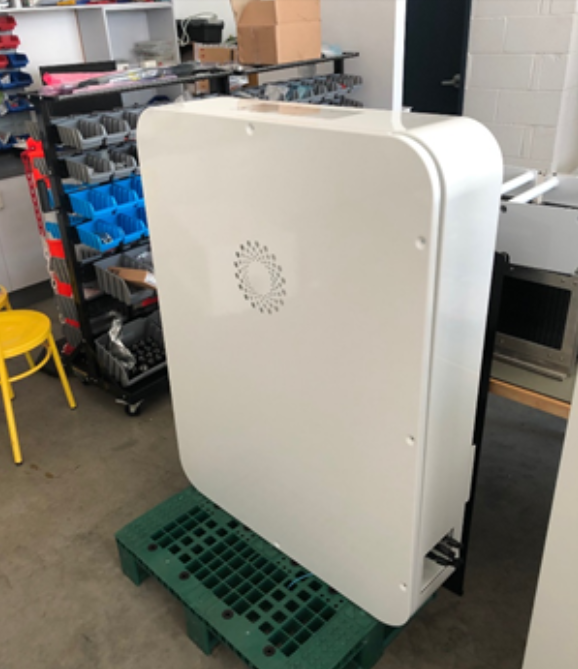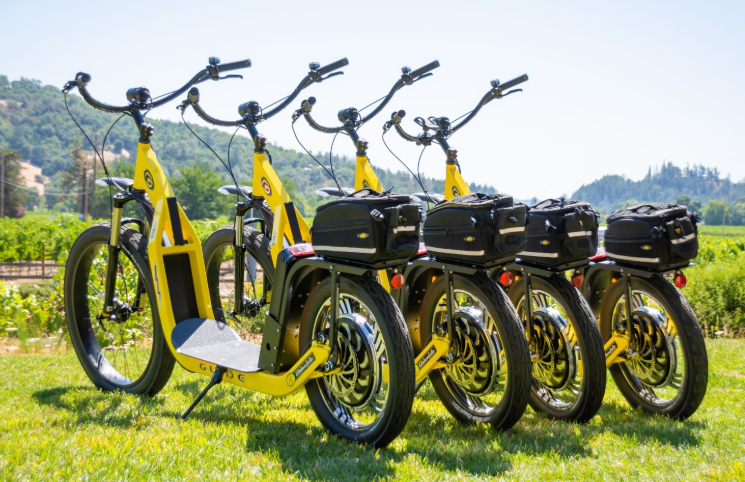
Home Energy Storage Company Empower Making Progress
Empower Energy in Davis has passed some important new milestones since we last visited with them in 2018. They redesigned their home storage device to be more compact and more powerful. Even more importantly, they have been certified as an electrical appliance in Australia which has opened the door to actual customer installations.
Then in 2019, Empower got another boost as the government in New South Wales announced a subsidy program for homeowners to install battery systems. The subsidy is in the form of no-interest loans for families to purchase solar and batteries. Up to 300,000 households will be able to access loans of up to A$9,000 per battery system and up to A$14,000 per solar-battery combo. This is a 10-year $3.2 billion program with a competitive selection of suppliers qualifying for the subsidy. Empower CEO Ezra Beeman is hopeful similar subsidies will be created in California, particularly with the new requirement that all new homes have rooftop PV installed.
Now Empower’s biggest challenge is assembling the capital to begin manufacturing to meet the new demand for systems in Australia and the US. The Empower product is a “smart” battery system that does more than store energy and can manage power flows at the distribution level into and out of homes, one of the rare few that have this feature. Ezra is talking to investors as well as strategic partners. He will be discussing his adventures at our CleanStart To-Do session at 9 am on August 6.



ABOUT THE AUTHOR
Gary Simon is the Chair of CleanStarts Board. A seasoned energy executive and entrepreneur with 45 years of experience in business, government, and non-profits.
CleanStart Sponsors
Weintraub | Tobin, EY, Stoel Rives, Greenberg Traurig LLP
BlueTech Valley, Buchalter, Moss Adams, PowerSoft.biz
College of Engineering & Computer Science at Sacramento State






